By Sam Mcgowan
During its history, the Lockheed Aircraft Corporation has earned a reputation for building versatile airplanes. Its 1950s era C-130 Hercules is no doubt the most famous, but it was not the first.
Although, like the Hercules, they were originally designed as transports, the Electra/Lodestar series of twin-engine airplanes were adapted for a number of roles after the outbreak of World War II. Some were transports, but the type was also modified as a bomber, becoming the Hudson, Ventura, and Harpoon. Although none were particularly successful as military aircraft, they nevertheless were there when the need arose for specific missions, whether serving as a VIP transport with the Air Transport Command, flying reconnaissance or harassment missions out of the Aleutians, or operating over the vast reaches of the Atlantic in search of U-boats.
The First Electra: The Model 10
The original Electra was the Lockheed Model 10, an all-metal twin-engine transport that first flew in 1934. The Model 10 could accommodate 10 passengers and was the first multiengine design produced by the company that would later become famous for its twin-engine fighter, the P-38 Lightning. For wind tunnel testing, the company turned to the University of Michigan, where a young aeronautical engineering student assistant by the name of Clarence “Kelly” Johnson was placed in charge of the project. The young engineer suggested a radical change to the original design—instead of a single tail, Johnson recommended a dual-tail design that would reduce drag and increase speed.
Johnson also suggested the elimination of oversize wing fillets that were designed primarily for appearance, but contributed to drag. The result was a faster airplane with significant range. Another result was that Lockheed offered the young engineer a permanent position with the company. As the head of Lockheed’s special projects division, more commonly known as “the Skunk Works,” Kelly Johnson went on to design some of the most famous airplanes in aviation history, including the P-38 and the first successful U.S. jet fighter, the P-80.
The Electra’s long range made it popular with a number of record seekers, including the famed—but not so skilled—aviatrix Amelia Earhart, who in 1937 disappeared in the Pacific in one while trying to become the first woman to circle the globe. A few months later Dick Merrill, who would become famous as an airline pilot and later as a B-24 squadron commander in the 93rd Bombardment Group, flew a Model 10 on a round trip across the Atlantic and back, a feat that is recognized as the first commercial oceanic crossing. Merrill and his copilot, J.S. Lambie, were awarded the Harmon Trophy for their feat.
The Electra as a Commercial Aircraft
Electras were purchased by many airlines around the world. A British Airways Electra carried British Prime Minister Neville Chamberlain to Munich for the infamous meeting with Adolf Hitler in 1938. The U.S. Army purchased a number of Electras, which were designated as C-36s. A single pressurized version of the Model 10 designated as the XC-35 was used by the Army in tests of pressurized fuselages. Lieutenant Ben Kelsey was the pilot for these tests.

Lockheed saw an opportunity for a new market with small airlines and corporations, so the company produced a scaled-down eight-passenger version of the Electra that was designated as the Model 12 Junior Electra. The Model 12 was almost 50 miles an hour faster than its predecessor, with a top speed of 250 miles per hour. A number of Model 12s were purchased for military use as liaison aircraft and given L designations. Australian inventor Sidney Cotton modified two Model 12s that had been purchased by British Airways to track potential enemy aircraft immediately before the outbreak of war.
Lockheed also went in the other direction with an upscale version of the Electra that was designated as the Model 14 Super Electra. Howard Hughes purchased a Super Electra and took it on a four-day flight around the globe in July 1938. Ironically, more Super Electras were built under license in Japan than were constructed by Lockheed.
The Model 14 suffered from a number of design deficiencies, which led to a further improvement that became the Lockheed 18 Lodestar. The first Lodestars were actually modified Super Electras that had been sent back to the factory by Northwest Airlines after a series of crashes plagued the Model 14. The fuselage was lengthened to accommodate more passengers while more powerful 1,020 horsepower Pratt & Whitney Hornet engines replaced the 760 hp Wright engines of the Super Electra, increasing cruise speed by 15 mph to 265 mph. The change in power plants constituted a new model, so Lockheed designated them as Model 18s.
Converted to Wartime Use
With the outbreak of World War II, the U.S. Army began purchasing Super Electras and Lodestars from Lockheed and confiscating civilian aircraft for military service. Although they were given various designations depending on power plant and configuration, the most common transport designation was the C-60, which was given to the Lodestar. Used primarily as logistical transports and paratrooper trainers in the United States and Europe, C-60s did not see combat—with one exception. When war broke out in the Pacific, three Lodestars were on a ship bound for Manila for delivery to Philippine Airlines, a new company owned by Filipino businessman Andres Soriano that had only been in business for a short time.
The Lodestars were planned to supplement the airline’s trio of Beechcraft Model 18s on operations throughout the islands. Immediately after the outbreak of war, the airline’s chief pilot, retired U.S. Navy Chief Petty Officer Paul I. Gunn, and the airline’s other personnel were inducted into the Army Air Corps, along with the company’s airplanes, and assigned to an air transport squadron based out of Manila. The ship carrying the Lodestars was diverted to Australia, where the planes sat on a dock for several weeks along with other airplanes and tons of supplies that had been destined for the Philippines and were at sea when war broke out.
In early February 1942, Gunn, who had been ordered out of the Philippines just before Christmas, was put in charge of air transportation in Australia. The three Lockheeds, which had been painted olive drab and designated as C-60s, joined his ad hoc air transport unit, which also included some Electras that originally belonged to KLM Airways’ Netherlands East Indies division.
The Dutch transports were commandeered after the Allied defeat in Java and assigned to transport duty along with a number of Australian military and civilian transports and U.S. Army transports that arrived in Australia in early 1942. The C-60s and C-111s operated first with the 21st Transport Squadron, then with other troop carrier squadrons of the 374th Troop Carrier Group and the 54th Troop Carrier Wing on missions in New Guinea and the Southwest Pacific. They dropped supplies to Australian troops fighting on the rugged Kokoda Track, transported troops and cargo into forward airfields from Wanigela Mission to Tsili-Tsili, and often transported casualties to rear-area hospitals on the return flights. Although the primary transports in the 54th Wing were the Douglas C-47 and the C-53 paratrooper variant of the DC-3, C-60s continued in active service in wing squadrons until mid-1944.
Bomber Variants
Although the Electra and Lodestar saw only limited use as combat transports, both types were converted into bombers, mainly by the addition of defensive armament and bomb shackles in the cargo compartment. The original bomber was a Super Electra derivative that was sold to Britain where it became the Hudson, with deliveries beginning in early 1939. Britain saw the Super Electra as an off-the-shelf airplane that could easily be converted into a light bomber and placed a $25 million order with Lockheed, the largest contract the company had received up to that time.

The first Hudsons were assigned to RAF 224 Squadron in Scotland, and by the outbreak of the war 78 airplanes were in operational service. Assigned primarily to RAF Coastal Command in the antisubmarine and coastal patrol role, Hudsons served with RAF units until 1944. A Hudson achieved the distinction of being the first RAF airplane to shoot down a German aircraft, a Dornier D-18D flying boat, over Jutland on October 8, 1939. During the evacuation of Dunkirk, RAF Hudsons operated as fighters.
As the United States began arming for war, the U.S. Army began purchasing its own Hudsons, which were designated as either A-28s or A-29s, depending on which power plant was used. The U.S. Navy also operated Hudsons, which were initially designated as PBO-1s, with the O standing for Lockheed. The designation was later changed to V for Lockheed’s Vega division, which manufactured the Electra and Lodestar and their military variants. On March 1, 1942, a PBO-1 became the first U.S. aircraft to sink a German U-boat off Newfoundland. An hour before the attack on Pearl Harbor, an RAF Hudson sank a Japanese ship off Malaysia; this was the first Allied victory of the war in the Pacific. A trainer version was produced for the Army with the AT-18 designation.
The Ventura Low-Altitude Bomber
The need for military aircraft led to the development of a larger and more powerful bomber based on the Lodestar. The RAF was interested in the airplane to supplement its fleet of Hudsons and for use as a low-altitude attack bomber, which they gave the designation “Ventura.” Initially, the RAF planned to use its Venturas on low-altitude daylight missions over occupied Europe, but their vulnerability led to their transfer to Coastal Command. The U.S. Army Air Corps had evaluated the design for a medium bomber contract that went to North American for its B-25 Mitchell, but the Lockheed proposal was later accepted as the B-34 “Lexington” after war broke out and the need for military aircraft suddenly increased. A number of Venturas were diverted from the British production for U.S. Army use and were assigned to coastal patrol squadrons operating out of bases along the East Coast on antisubmarine patrol missions.
A new version of the Ventura was equipped with Wright 1,700 hp engines, which were actually less powerful than those on the B-34, and designated as B-37s. The Army ordered 550 of the type but took delivery of only 18 after the War Department and the Navy came to an agreement regarding antisubmarine warfare and coastal patrol that gave the mission to the Navy. The remainder of the production went to the Navy, which gave them the designation of PV-1. Performance deficiencies in the PV-1 led to the development of an improved version that was designated as the PV-2 Harpoon.
One of the most important features of the Ventura in U.S. naval service was the installation of ADS-1 search radar, which enabled the crew to detect ships and submarine conning towers from many miles away before enemy sailors knew the airplane was there. Radar also made blind bombing possible using radar navigation, a feature that proved invaluable in the fog-shrouded waters of the Aleutians and Kuriles, where Venturas saw the most action. The Navy’s Venturas and Harpoons came about largely due to a major compromise with the Army Air Corps. The Army objected to the Navy’s use of land-based bombers, an objection that forced the Navy to depend on amphibious patrol bombers and float planes for patrol use during the early months of the war. But when the Army needed a Navy manufacturing plant at Renton, Washington, for the manufacture of Boeing B-29s, it agreed to give up its objections and to allow all Army production of B-34s and B-37s to go to the Navy in return for use of the facility. The Navy also received other bomber types, particularly B-24s and B-25s, from the Army production as part of the compromise.
Venturas in the Pacific
Venturas made their appearance in the war at the top of the world in April 1943, when bombing squadrons VB-135 and VB-136 deployed to the Aleutians. The two squadrons replaced a pair of patrol squadrons equipped with PBY Catalinas that were decommissioned, with their personnel transferring into the two Ventura squadrons to provide a cadre of experience. The Venturas entered combat at the height of the Aleutian campaign, just as the Allies were preparing for the invasions of Attu and Kiska Islands, which had been occupied by Japanese troops a year before in concert with the failed attack on Midway. The two squadrons were split between Adak and Amchitka, islands off of Alaska.
VB-135 arrived on Amchitka, the farther westward of the two, on May 5, 1943, and settled into tents on the Army airfield. Immediately upon arrival, the squadron commenced patrol operations. The Venturas supplemented Army B-24s and B-25s in the Aleutians, and it was common for the three types to operate together on missions against Japanese positions. Their radar allowed them to drop their bombs without seeing the ground, and the Navy bombers often led Army B-24s on missions against fog-obscured targets on Kiska. The Army Liberators would fly formation on a Navy Ventura, which would drop its bombs using radar, and the B-24 bombardiers would drop as soon as they saw the bombs fall out of the Navy plane.
Shortly after the Venturas began operations in the Aleutians, the Allies invaded Attu. Fighting on Attu was brief, although Japanese soldiers continued holding out through August. As soon as possible after the invasion, the Air Corps began moving in Army Air Forces officers who decided that the existing Japanese airfield was too hazardous, so construction was begun on a new one to serve as a base for bombers and fighters. It was the Arctic summer, and the men lived in tents heated by small potbellied stoves.

On July 6, a Seabee battalion began construction of an airfield at Casco Bay, which would serve as a base for Navy bombers and patrol planes. Butler buildings, more commonly known in the Navy as Quonset huts because the first ones had been set up at Quonset Point, Rhode Island, were erected as semipermanent living quarters and office and supply facilities. Hangars were constructed so maintenance could be performed inside, and the airplanes and mechanics would be sheltered from the hostile elements. Wood-planked walkways connected the buildings. Supplies were abundant, and merchant ships filled the harbor waiting to unload their cargoes.
The dense fog that made Allied operations difficult afforded the Japanese on Kiska cover for an evacuation. Allied plans were to invade the island on August 15, but by the time the first American foot touched the soil of the island, the Japanese had slipped away. Although 21 American and Canadian troops died on Kiska, they were all killed by friendly fire. Not a single Japanese soldier was encountered on the island. There was one friendly encounter. A small dog named Explosion had fallen captive to the Japanese when the U.S. Navy weather station crew was captured in 1942. The little dog, a Dutch Harbor native, was repatriated.
VB-135s on Casco Field
Five days before the landing on Kiska, VB-135 moved onto the new airfield at Alexai Point. The field was called Casco Field, after a seaplane tender that had serviced the PBYs that preceded the Venturas in the Aleutians earlier in the war. The mountainous terrain of the island dictated that approaches be made from over the water. Flight crews developed a procedure of descending below the clouds over the water, then homing on the radio beacon on the field until they picked up terrain features on the island and could locate the field visually.
As soon as they arrived on the island, VB-135 crews commenced patrols in six sectors west of Attu, with the furthermost points 500 miles away. They also operated over Kiska, which had already been abandoned. The intent of the usually fruitless patrols was to detect Japanese ships or bomber formations far out at sea.
Prior to the invasion of Attu, Army bombers had been conducting raids against Japanese targets in the Kurile Islands, the easternmost of the Japanese home islands. The raids were carried out by B-24s and B-25s and, as the Japanese built up their defenses, were often accompanied by comparatively heavy losses. The problem was compounded by the neutrality of the Soviet Union in the war with Japan. Even if a bomber crew survived a fighter attack, if they were forced to land in Soviet territory they and their airplane would be interned and lost to the Allies. On September 11, 1943, a 20-plane force made up of eight B-24s and 12 B-25s departed Attu for a raid on the Kuriles. Three B-24s and nine B-25s failed to return from the mission, and Army Air Forces leadership in Washington began questioning the wisdom of continuing daylight raids in the region, at least at that point in the war.
Headquarters, U.S. Army Air Forces, elected to withdraw all but two bomber squadrons from the Eleventh Air Force and transfer them to the South Pacific where reinforcements were sorely needed. With Army bomber strength in the Aleutians reduced, the importance of the Venturas to continuing operations against the Kuriles increased. In fact, for several months the Navy bombers would be the only Allied aircraft attacking targets in the Japanese home islands.
Modified for Long Range Missions
Up to this point, the Ventura crews of VB-135 were involved primarily in routine patrols in search of Japanese shipping and aircraft. The missions were long, boring, and essentially unfruitful. The sister squadron, VB-136, arrived on Attu on October 1 and immediately began patrols. Shortly afterward, a Ventura crew encountered a Japanese Mitsubishi Betty bomber and gave chase, but when the pilot realized the Japanese cannon had greater range than his .50-caliber machine guns, he gave up the contest. That was the only eventful operation of the Ventura patrols to this point. A little over a month later, VB-135 was relieved and departed for the squadron’s home base at Whidbey Island, Washington, leaving VB-136 to assume the full schedule of patrol missions.
A requirement for photographic intelligence of Japanese military strength in the Kuriles gave the Venturas a new mission. In November 1943, Lieutenant H.K. Mantius was assigned the task of computing the maximum operating range of the PV-1. Mantius compiled a log of fuel consumption rates for all of the squadron airplanes and conducted experiments with power settings in an attempt to increase range. In mid-November he and his crew flew a nine- and-a-half-hour mission that put them within 30 miles of Paramushiro Island before they turned back. They reached Attu with almost an hour and a half of fuel remaining in the tanks.

It would not be crews from VB-136, however, that began the long-range missions that were the most important of the war for Ventura and Harpoon crews. Poor weather prevented missions until it was time for the squadron to rotate back to Whidbey. The squadron was replaced by VB-139, which operated modified Venturas that included dual cockpit instrumentation, a feature not a part of previous aircraft configurations. This feature allowed the copilot to fly the airplane on instruments from the right seat, a factor that reduced pilot fatigue and allowed longer missions.
Three squadron crews went to Adak where a pair of Venturas was being modified for long-range missions with the addition of a bomb bay fuel tank and with K-19 cameras for photographic reconnaissance. In early January a nine-hour test mission was flown over the Aleutians. Three days later the modified airplanes and the test crews joined the rest of the squadron on Attu.
Empire Express
On January 19, 1944, strikes against the Kuriles were authorized under a program called Empire Express. That evening three crews were briefed for a mission against the troop staging area at Kashiwabara. Each PV-1 carried three 500-pound bombs and several boxes of 20-pound fragmentation bombs as it took off into the frigid Arctic night. Two airplanes carried cameras. Although the Venturas were equipped with cabin heaters, they had little effect in the sub-zero temperatures of the Arctic skies. The Navy flight crews had bummed electrical flying suits from the Air Corps, but the PV-1 electrical system allowed only one suit to be plugged in at a time. The men took turns plugging in, suffering in the cold when their suit was unplugged. Using a Soviet marine radio beacon to navigate, the three crews made landfall.
Starlight illuminated the snow-covered landscape and allowed the crews to identify features without difficulty. As soon as the first bomb burst, the Venturas were greeted by antiaircraft fire. All three airplanes dropped their bombs and returned to Attu unscathed. A second mission two nights later was similarly successful. For the next few weeks, missions were spasmodic, owing primarily to weather conditions over Attu, but during the first few days of February, raids were carried out on four consecutive nights.
Although it was difficult to assess the strike results, there was little doubt that the attacks were having a psychological effect on the Japanese because the Kuriles had been considered part of the home islands since Russia had relinquished its claim to them in the previous century. Japan was being bombed, although little public attention was paid to the actions since the targets were so far from Tokyo. The attacks were often coordinated with naval action by U.S. Navy surface vessels operating just offshore.
The Empire Express missions against the Kuriles were flown without fighter escort, but the PV-1 had an advantage in speed. One of the fastest twin-engine aircraft of the day at 265 mph, the Lodestars were so fast that even the Zero was unable to overtake them in some instances. The Japanese fighter pilots preferred to make head-on attacks if at all possible and knock out an engine, but the speed of the Venturas made them difficult to intercept.
Still, the fighters were sometimes successful, and with an engine gone, the Venturas would lose much of their speed and become sitting ducks. If an airplane suffered damage, the crew usually had no choice but to set a course for Soviet territory. Even if they made it, their safety was hardly guaranteed because of the rugged mountainous terrain of the region, especially in the winter when it was covered in snow and ice. If they survived, they would be interned for having violated neutral Soviet airspace.
The PV-2 Harpoon
By mid-1944, Army B-24s and B-25s had resumed missions against the Kuriles, and the Navy Ventura crews were no longer alone in the skies at the top of the world. The three squadrons rotated back and forth between their home base at Whidbey Island and the Aleutians. They were joined by a fourth in mid-October 1944, when VPB-131 arrived to replace VPB-135 (the Navy changed the VB designation to VPB for patrol bombing on October 1). For a time, the PV-1s operated in daylight as well as at night, but the loss of the VB-136 commander and his crew in a daylight raid on September 16 led to a hold on further daytime missions. Night missions were still being flown.

Modifications continued with the Venturas, including the addition of hard points under the wings for the mounting of high-velocity aerial rockets, a Navy invention. The Navy also asked Lockheed to design an improved version of the Lodestar derivative, with a redesigned wing and tail section and additional armament. This version was designated the PV-2 Harpoon. The Harpoon payload was increased by 2,000 pounds, which allowed the installation of five .50-caliber machine guns in the nose and two additional guns in a belly turret. Eight rockets could be carried under the wings. Unfortunately, the increase in weight carried with it a penalty in speed since the Harpoon was equipped with the same engines as the lighter PV-1. PV-2s were introduced to combat with the arrival of VPB-139 at Attu on March 12, 1945.
With the surrender of Germany, pressure on Japan intensified. American B-29 raids were burning out Japanese cities to the south and Eleventh Air Force B-24s and B-25s and Navy PV-1s and PV-2s were striking the Kuriles while Navy task forces carried out operations against Japanese shipping and targets on shore. Navy bombers were often scheduled in concert with Army planes on attacks on targets in the Kuriles as more and more pressure was placed on Japan in preparation for the impending invasion.
A VPB-139 Harpoon crew was on its way to the Kuriles when the message was received that Japan had surrendered and that all combat was to cease. The crewmen at first considered turning back but discussed all the propaganda they had heard about the Japanese and decided to disregard the recall order and continue to drop their bombs. They concocted a story that they would claim they had jettisoned their bombs in the ocean. Instead, they dropped them over land but chose an uninhabited portion of an island for the target. After they thought about what they had done, the crew regretted their action. For Lockheed crews, the dropping of the bombs was the last hostile act of the war.
The Hudson Antisubmarine Bomber
Other than their long-range missions in the Aleutians and Kuriles, the most successful operations by Lockheed Electra/Lodestar derivatives were in the antisubmarine role. The Hudson was the most successful of the Lockheed bombers in the war against U-boats, no doubt largely due to timing. By the time the Ventura entered service, U-boat operations were on the decline. Hudsons were involved in the sinking of 25 U-boats, while Venturas were involved in the sinking of only six. Their record was not as impressive as that of other types—Liberators were involved in the sinking of 75—but it was still considerable.
RAF Coastal Command crews were involved in other operations. In December 1939, a Hudson participated in an operation to intercept a German prison ship and free its prisoners, most of whom were Royal Navy sailors. Hudsons flew photographic missions over Europe, and a formation of the Lockheed bombers participated in the first 1,000-plane raid in the spring of 1943. Radar-equipped Hudsons sometimes flew missions into German airspace, usually under the cover of bad weather and often at night. Hudsons were also used to insert agents into occupied countries. RAF crews gave the airplane the nickname “Old Boomerang” because the Hudson always came home from its missions. The plane was also flown by the air forces of China, New Zealand, Australia, and Brazil.
A Modest but Diverse Combat Record
The Lockheed Electra was one of a handful of aircraft types that were operated by both sides. Before the war, Lockheed sold 30 Super Electras to the Japanese Tachikawa Aircraft Company and licensed the company to build the airplanes at its factory in Japan. When the war broke out, the Allies identified the Japanese-built Lodestars as “Thelmas” and the ones that were sold to Japan as “Tobys.” All told, Japan had some 120 Electras, including Lockheed airplanes purchased before the war and airplanes built under license. The Japanese Electras were used throughout the Pacific as military transports.
Except for their roles against the Kuriles and in the Battle of the Atlantic, the wartime record of the Electra/Lodestar family of airplanes was less than spectacular. As a transport, the Lodestar was overshadowed by the Douglas DC-3, and by the end of the war most C-60s had been replaced in troop carrier and air transport squadrons. The Douglas A-20 and the North American B-25 were favored as attack airplanes. Nevertheless, the Hudson and Ventura live on in the memories of those who flew and supported them in combat.
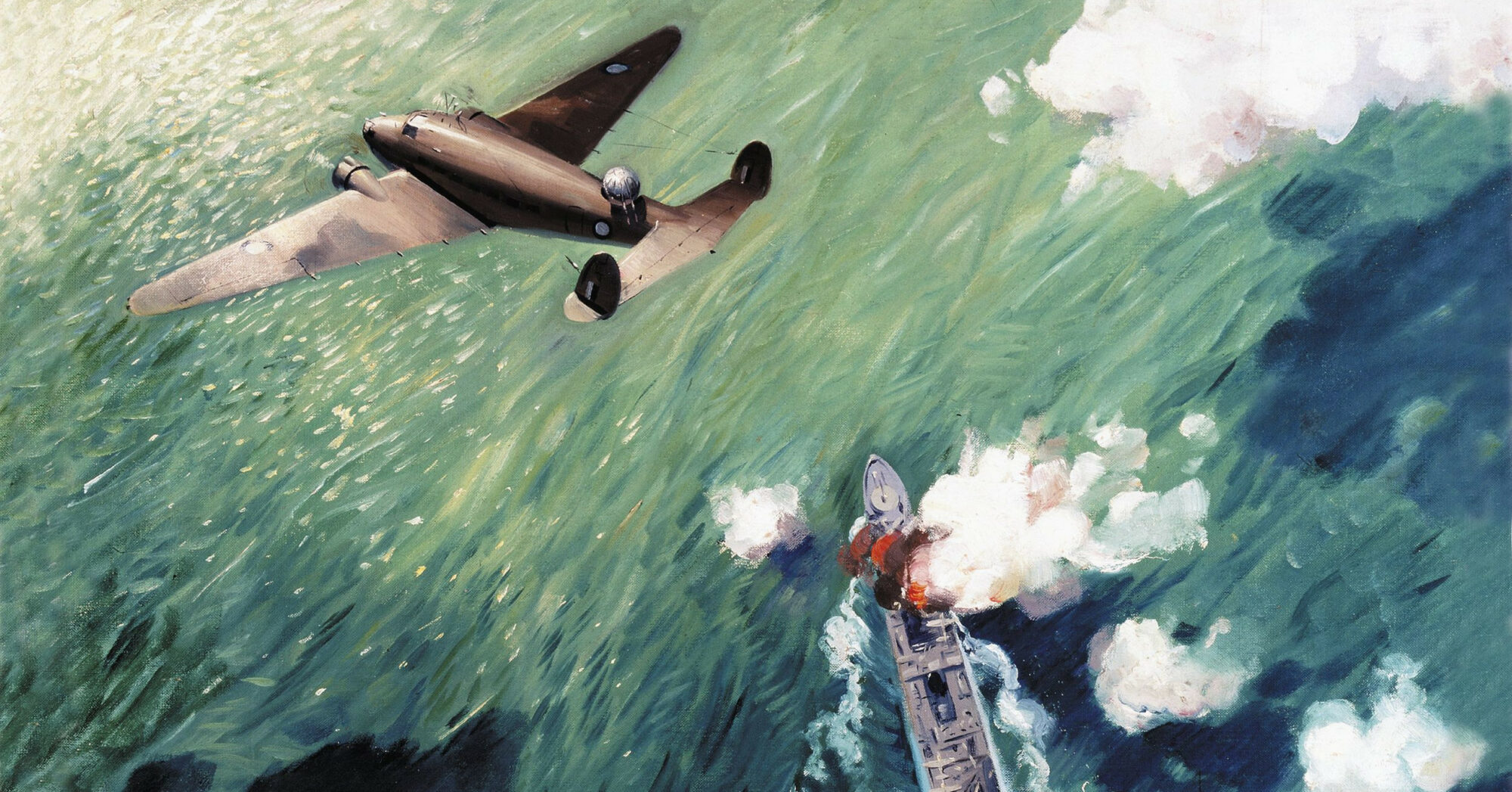
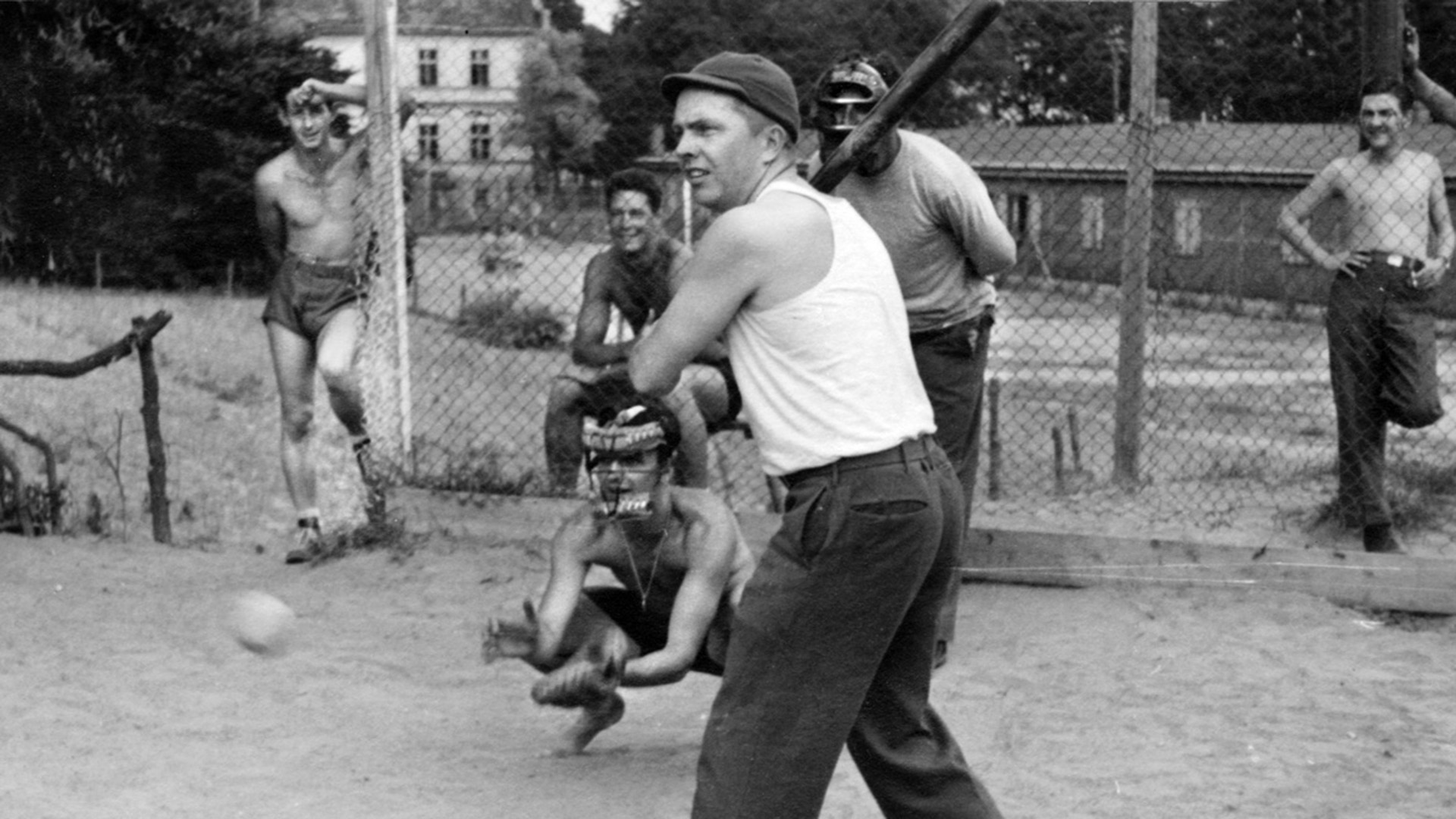
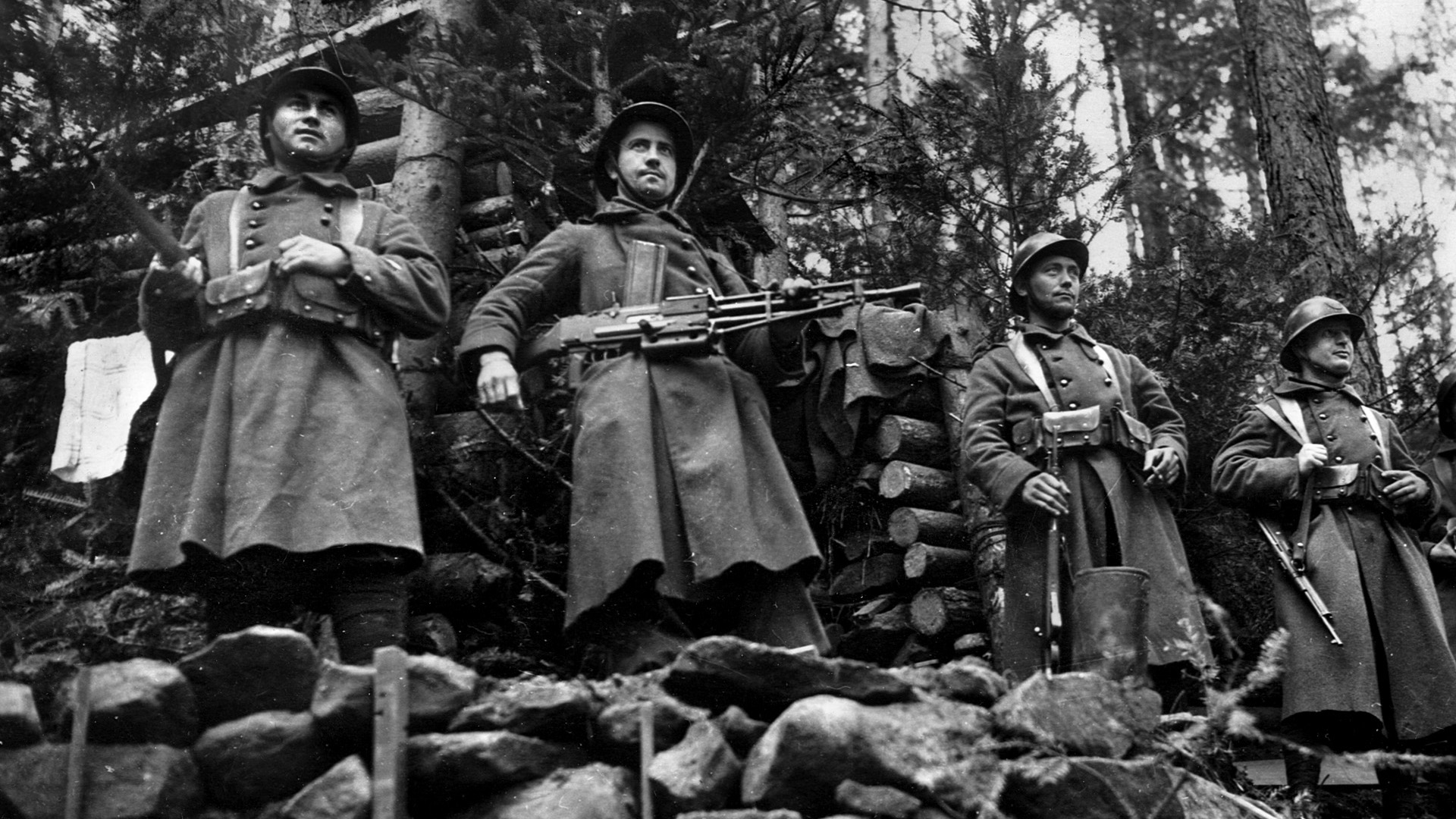
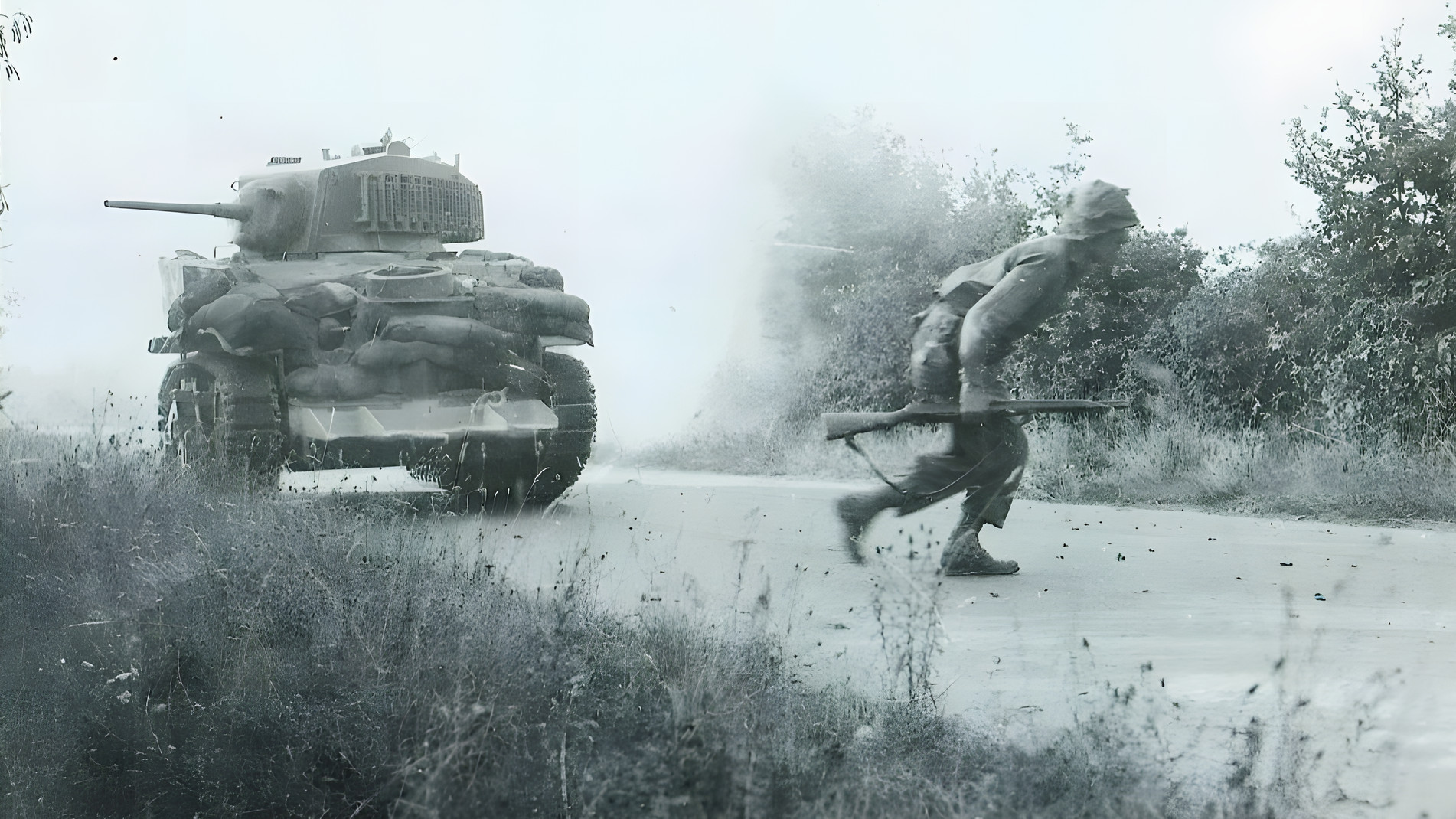
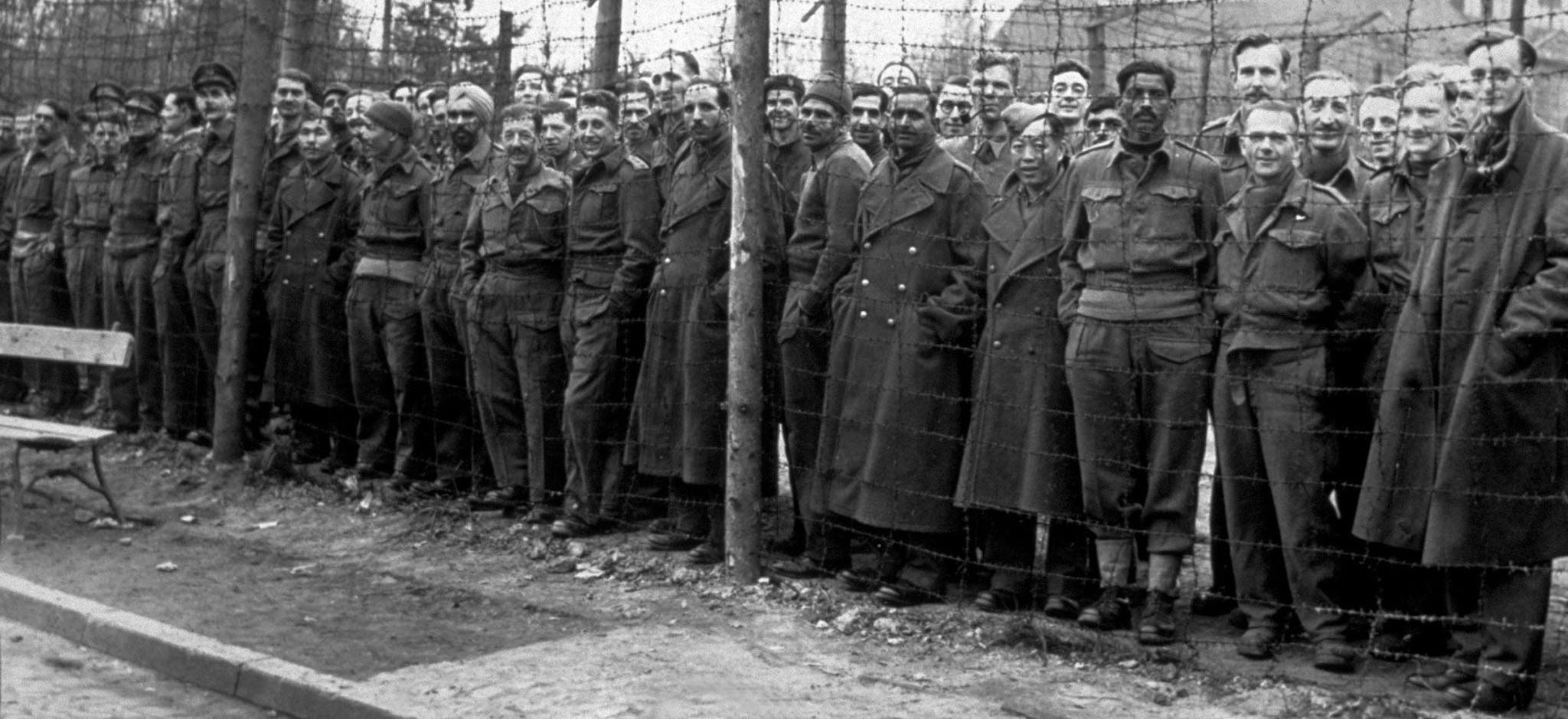

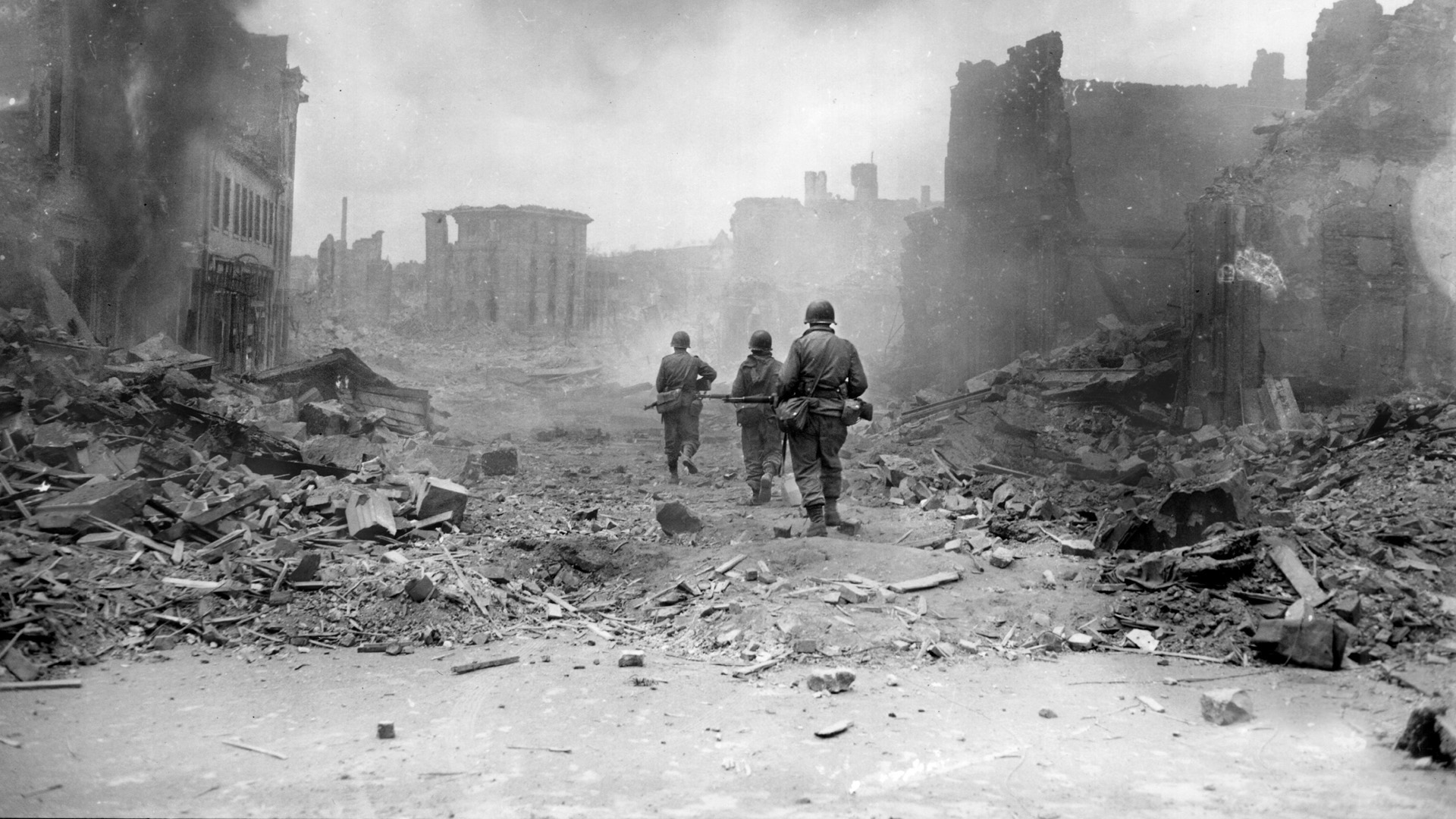
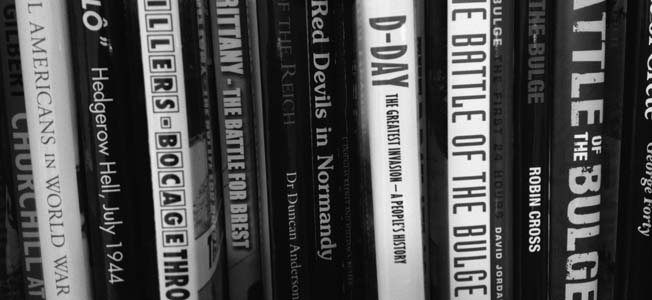
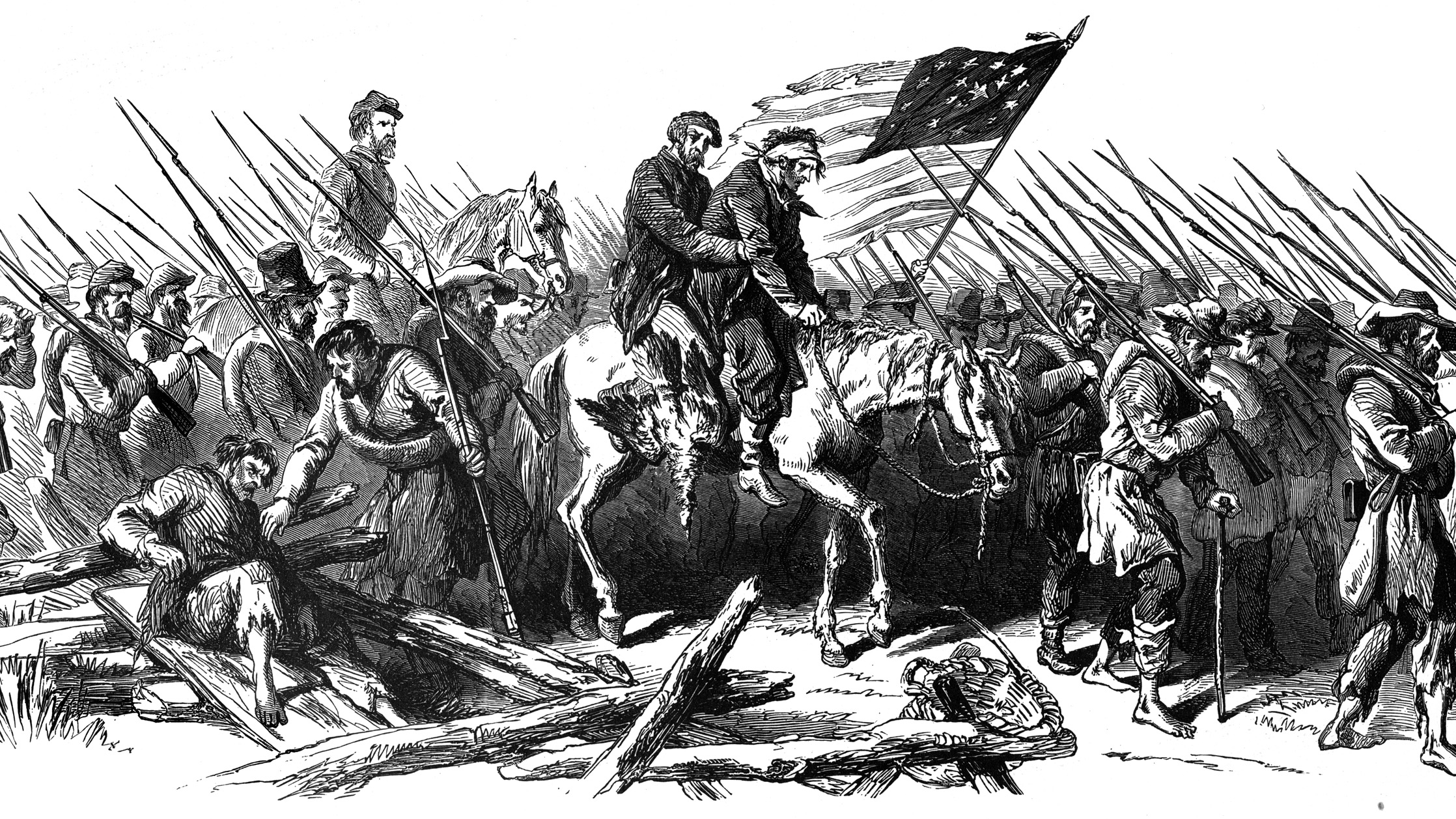
Join The Conversation
Comments
View All Comments